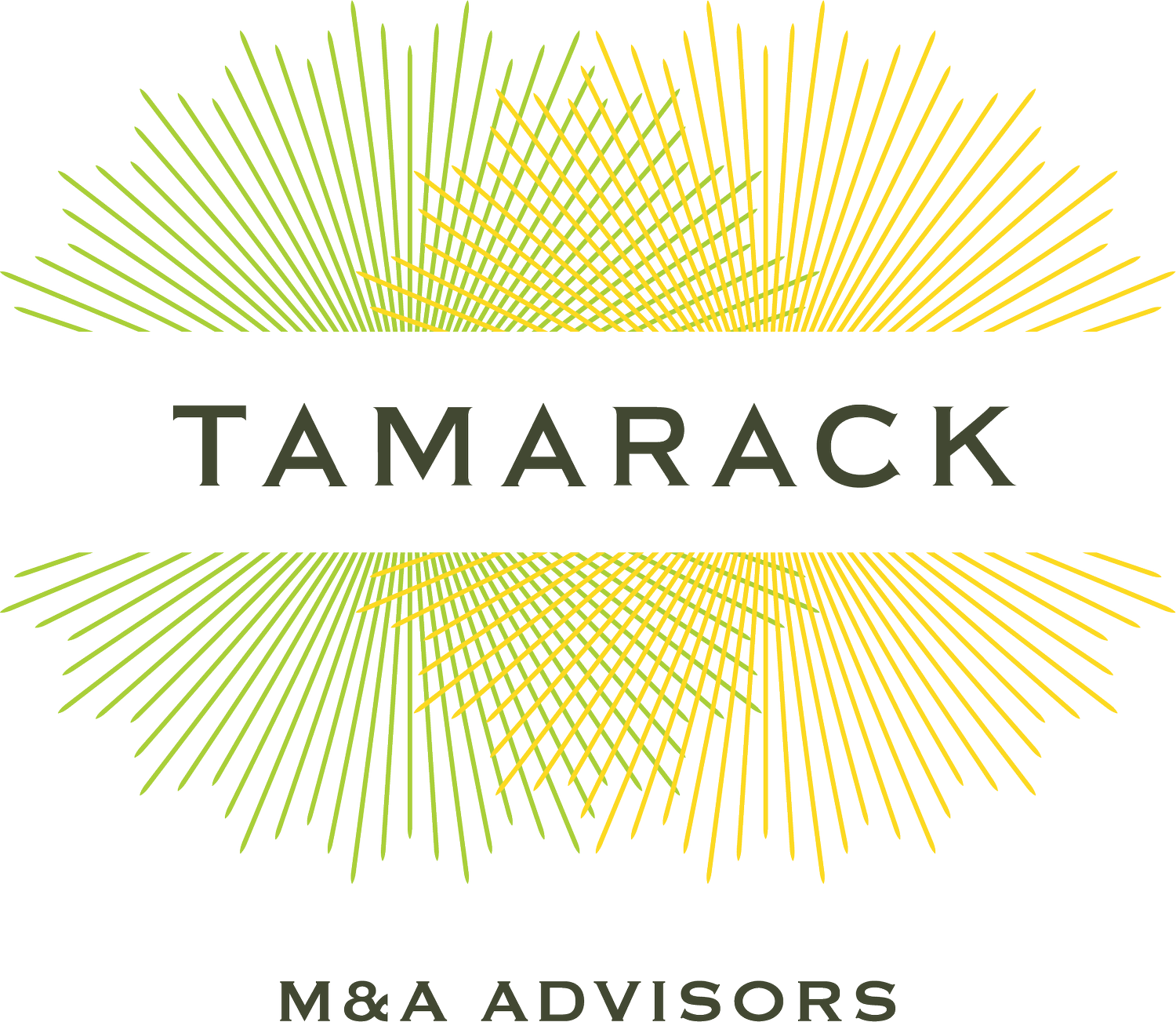Digital Health M&A Surges Amid COVID-19 Pandemic
August 2021
H1 2021 saw record VC investment in digital health and highly active M&A and IPO markets.
Venture capital investment in U.S. digital health companies hit an all-time high in 2020 with $14 billion invested across 440 deals. Massive investment in the sector has continued into 2021 with $14.7 billion invested across 372 deals in the first half of the year alone. In addition to record VC funding levels, the M&A and IPO markets are highly active, further indicating that the digital health sector is maturing. In 2020, there were 145 M&A transactions and there have been more than 170 announced M&A transactions year-to-date, signalling that consolidation isn’t slowing down. In addition to M&A activity, there have been more than a dozen announced or closed SPACs/IPOs year-to-date.
Generally speaking, digital health companies that sell into the health plan market have outperformed those selling into the provider market. This is due, in part, to the fact that provider-facing vendors are subject to fluctuations in hospital in-patient volumes and shifting IT budget priorities related to COVID-19. Health plans typically have broader reach and pay on a Per-Member Per-Month basis, meaning a more stable recurring revenue stream.
Telehealth/virtual care is a top priority for both payers and providers, although the provider telehealth market remains fragmented and under-penetrated. While health systems have shifting priorities due to COVID-19, health plans remain focused on data analytics, population health management, remote patient monitoring and member engagement.
In an increasingly competitive market, buyers are consolidating contracts with clinically comprehensive vendors putting pressure on companies with 1-2 point solutions. As well-capitalized companies continue to invest heavily in the space, incumbent digital health companies will need to continue to innovate and invest to provide a differentiated offering.
Continuing consolidation will enable acquirers to build out more comprehensive platforms and drive the scale and efficiencies needed to compete in a growing competitive environment. While payers and providers are active acquirers, there are typically more synergies when a combination involves companies with complementary point solutions.
Tamarack Partners provides M&A advisory services to owners of lower middle market companies. For more information on this report or to speak with one of our transactional advisors about your company, Contact Us.

